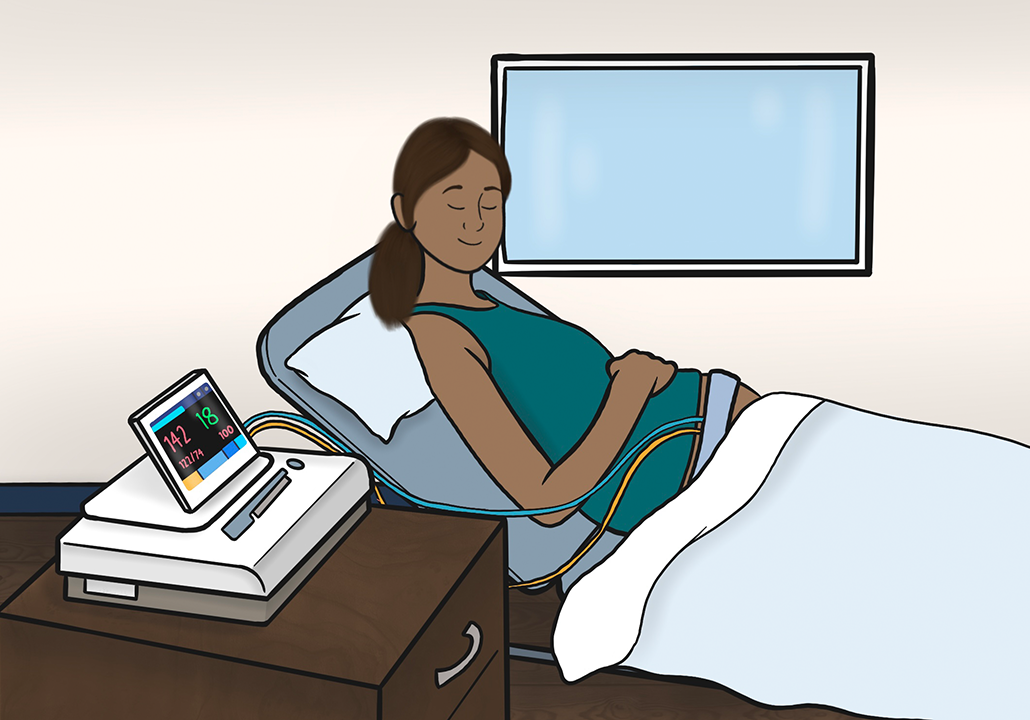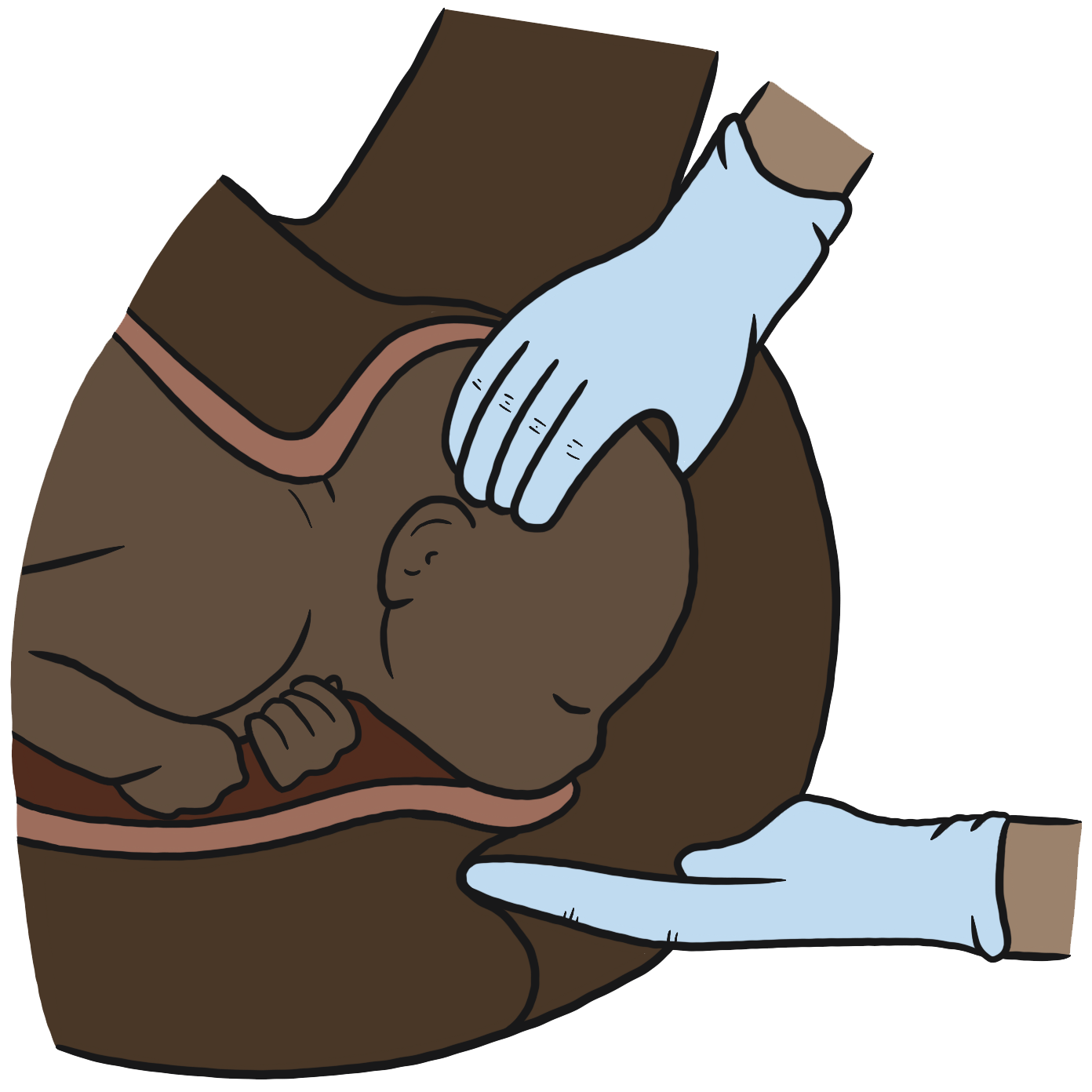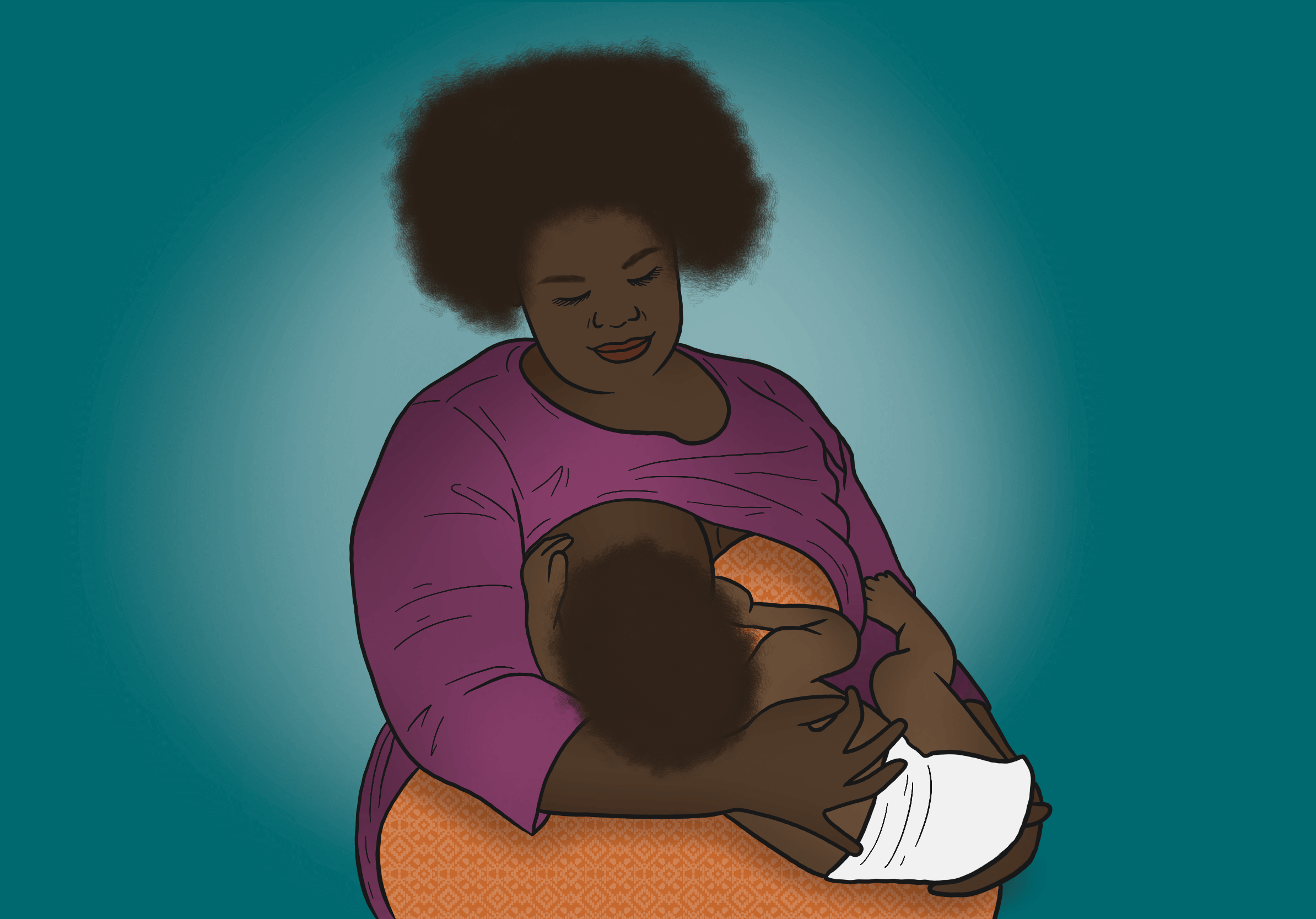In 2015 the birth world was rocked by the publication of the Kirkup Report1 into the deaths of mothers and babies during childbirth at Morecombe Bay between 2004 and 2013. A phrase that was used in the report has been repeated time and again, often by the former Health Secretary Jeremy Hunt, but also by many others, usually during efforts to increase interventions in birth.
“Normal birth at any cost.”
This phrase was, as still is, repeated endlessly in newspaper headlines and it became the commonly understood cause of the deaths of these women and babies. And yet, the report itself states, “Our findings are stark, and catalogue a series of failures at almost every level – from the maternity unit to those responsible for regulating and monitoring the Trust.” The Kirkup report recognised many failures across the Trust, from a lack of training to reports of concerns being brushed under the table, from the disappearance of important records to inadequate communication which led to deaths not being connected and recognised as having a possible pattern. Despite this, the continuous reporting of the phrase ‘normal birth at any cost’, and its ongoing use to attack any attempt to improve outcomes by promoting physiology, means that we need to really dig deep to separate the politics from the science.
Where did the phrase “Normal birth at any cost” come from?
One of the midwives who was interviewed for the Kirkup report said, “there were a group of midwives who thought that normal childbirth was the… be all and end all… at any cost… yeah, it does sound awful, but I think it’s true – you have a normal delivery at any cost.”

This was one comment by one midwife as part of many hours of interviews. Many different reasons were found for the deaths of these women and babies, with the cause being a huge number of different failings from the midwives and doctors to the management of the maternity service, management of the hospital and the organisation responsible for dealing with concerns about the hospital. And yet, the midwives were blamed – scapegoated – and it was repeatedly implied that the midwives were solely responsible for these tragic deaths. There is no doubt that some midwives made mistakes, and that some of these mistakes led to deaths, but there is no evidence that they were deliberately seeking ‘normal birth’ without caring that it could be at the cost of the lives of the babies and their mothers.
What is ‘normal birth’ anyway?
In 2017 the Royal College of Midwives announced that they would stop using the term ‘normal birth’ which triggered much discussion over the benefits and harms of birth interventions, as well as questions over ‘what is normal birth anyway’.
The dictionary definition of the word ‘normal’ includes, “usual, typical or expected”. This means that whatever is most common is often what is considered to be normal. Almost every birthing woman or person is given a drug as part of the birth of her placenta. Does this make it normal? In some countries, most women and people give birth by caesarean. Is this normal? By the dictionary definition, yes.
There has never been a universally accepted definition of the term ‘normal birth’. Some people use it to mean vaginal birth, but many women and people who had their birth assisted by forceps, or other interventions that still led to a vaginal birth, strongly feel that this wasn’t normal. If we mean ‘biologically normal’ then using Syntocinon, either to start or increase contractions, or for the birth of the placenta, happens in almost every birth and isn’t biologically normal.
The opposite of ‘normal birth’ is ‘abnormal birth’. Quite understandably, many women and people object to their birth being effectively labelled as ‘abnormal’. On a different side of the same coin, many women and people who experienced a traumatic birth which was labelled as ‘normal’ because they birthed vaginally do not feel that the term represents their experience, and they feel that it undermines or downplays the seriousness of what happened to them.
So if we don’t have a definition of what normal birth means, we can’t make an evaluation of whether it’s a positive or negative outcome to aim for. What is undisputed is that any statement that says that any aim should be “at any cost” is absolutely bizarre and objectively horrific.
What has happened is that this terrifying and terrible phrase has been repeated time and again as an attempt to undermine efforts to reduce harm caused by unnecessary interventions. It can sometimes be used to portray those wanting to reduce iatrogenic (medically caused) harm as wanting to achieve normal birth at any cost. This is untrue.
What is undisturbed birth?
Imagine you have a cat. She’s pregnant, and starting to labour. Would you whisk her into the car, take her to the vets, turn her onto her back with her legs held in place, shine bright lights on her, have a group of people standing around looking at her and someone stick their fingers into her vagina? Of course not. We know that this would be likely to cause harm by adversely affecting her labour. Yet we frequently do this to ourselves without considering how this may affect our birth physiology.
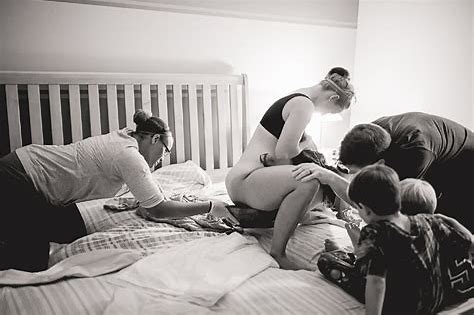
Recognising this is very different to saying that medical intervention is inherently harmful. We can recognise that our bodies’ normal physiology can be seriously affected by the practices that are there to try to fix things if they go wrong, and still welcome and be grateful for those interventions if they are needed. It is trying to find a balance between not over-intervening but still ensuring that intervention happens if necessary.
Undisturbed birth respects that when any species gives birth it is physically vulnerable. For this reason, our bodies, like many other species, have developed a system which can slow or stop labour if we feel vulnerable. In millennia gone by this may have been that we needed to get away from predatory animals. If we went into labour, then realised that we were being stalked by a sabre toothed tiger, our bodies would be flooded with a hormone which meant that labour could stop until we could reach safety. It doesn’t take a confrontation with a giant cat to have the same effect; anything that makes us feel nervous can trigger this reaction. This can happen to many people as they go into hospital. They may feel safest birthing in hospital, and they may have great trust in the doctors and midwives, but if they also have a negative association with a hospital then this can lead labour to slow or stop.
Undisturbed birth respects the fact that labour progresses best when:
- Lights are dimmed
- Voices are low
- We feel safe
- We can move freely
- We can eat and drink what our body tells us is right for us
- We feel that we have privacy
- Everyone around us is responsive to our needs and supportive of our decisions
This type of birth is more often supported at a home birth or in the midwife led unit than on the obstetric unit. This is because the midwives working in home or midwife-led environments are more likely to have a strong focus on supporting birth physiology, which is what led them to work outside the obstetric unit in the first place. The birth environment is also usually set up to be more supportive of physiology, with no machines which go ‘bleep’, lights which dim and equipment such as balls, slings and pools to help with active labour.
That said, there are many midwives who work in obstetric units who are passionate about supporting physiology, and some obstetric units are putting in active birth equipment and adding light dimmers and blinds to their birth rooms. This doesn’t take away from the rest of the environment in the hospital, but it can help. Done well, it can help hugely.
What does undisturbed birth do for us?
Hormonally, undisturbed birth gives us the best chance of our oxytocin flowing well, and limits the fear hormones which can slow or stop oxytocin production. Oxytocin is one of the key hormones of labour which start and maintain effective tightenings, birthing of the baby and releasing the placenta.
Physically, when we can move without limits, we are able to get into positions and move our bodies to respond to the internal messages that we are being given by the sensations, feelings and surges of labour. These messages tell us how to move so that our pelvis and the ligaments can adjust whilst baby wriggles and push’s their way through our pelvis and the amazing muscles of the vagina – a two-way dance which we do together – provided we’re able to dance freely, without cables and tubes and being told to lie still on the bed.
What about when interventions are needed?
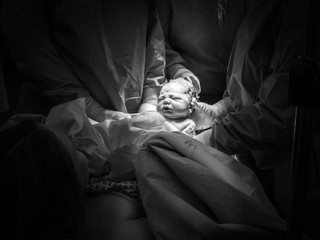
Supporting ‘normal’ birth physiology does not have to be all or nothing. We may choose to accept interventions such as vaginal examinations, continuous monitoring, Syntocinon, knowing that they may have risks as well as benefits, but, we can decide that, for us, the benefits are likely to outweigh the risks.
When we focus on supporting physiology, we’re not trying to achieve a vaginal birth without interventions ‘at all costs’.We are aiming to reduce unnecessary interventions and iatrogenic harm, while at the same time gratefully welcoming medical interventions which benefit us, and continuing to help our bodies to birth by themselves as much as we can.
Summary
The term “normal birth at any cost” was a comment made by a midwife who was being interviewed about the tragic and, in some cases, unavoidable deaths of women and babies in Morecambe Bay. The phrase became the most-remembered part of the review of those deaths in the Kirkup report, despite it not representing the Kirkup’s findings – which were that there were failings at all levels through the whole Trust and beyond.
The phrase is now used to portray birth workers who are trying to support physiology and reduce iatrogenic harm as having an agenda that is harmful to women and babies, often referred to as ‘the normal birth agenda’. On the contrary, supporting physiology by supporting undisturbed birth where possible, while welcoming medical intervention when helpful, is likely to give the best outcomes for birthing women and people, and their babies. We hope that this inaccurate rhetoric will be stopped, allowing everyone to work together towards our common goal of healthy, happy birth outcomes.


